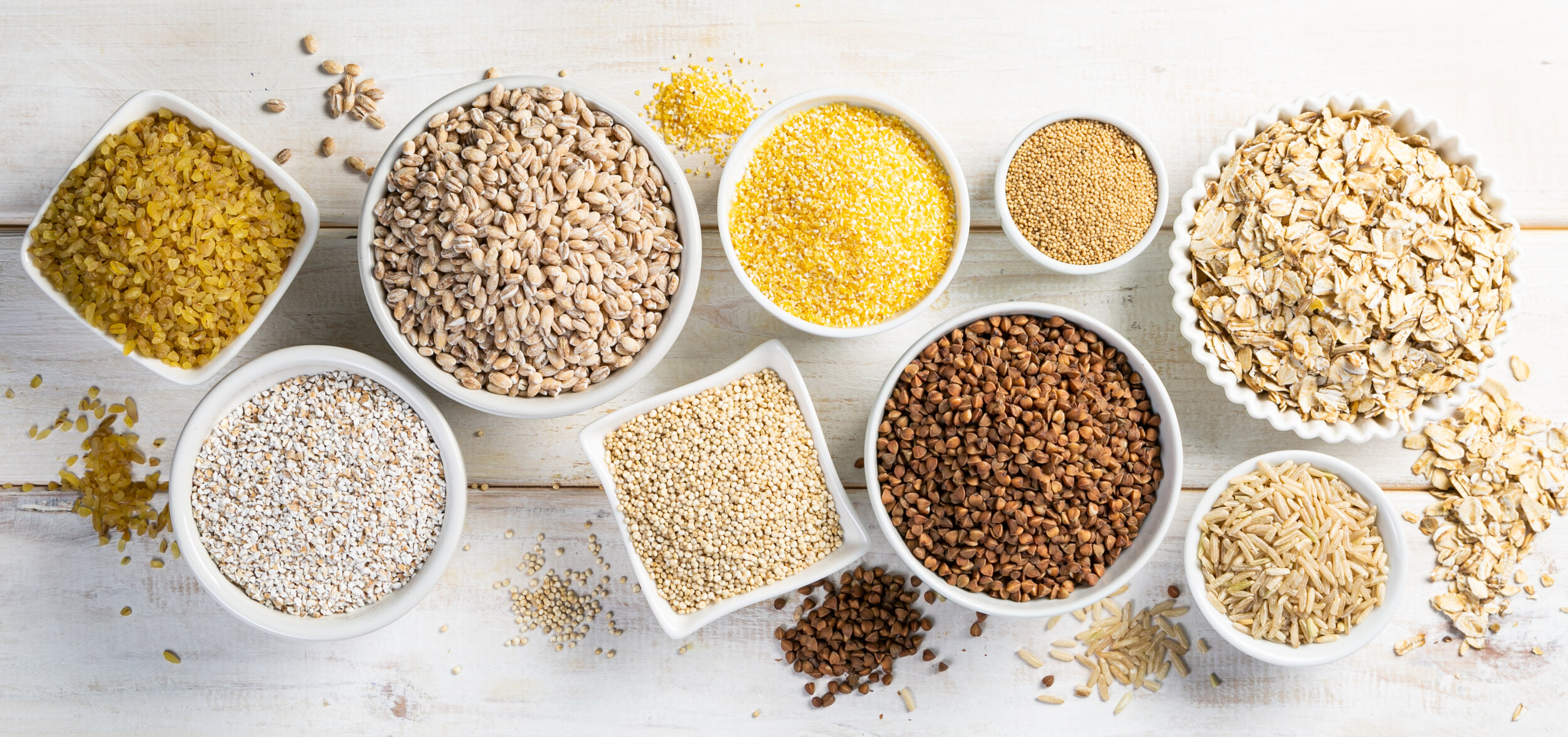Advertisement
8 great grains to breathe life into your winter repertoire
16 February 2021 · Cooking Tips · Ingredients · Discover ckbk

Late winter can be an uninspiring time in the kitchen. Spring vegetables are still on the distant horizon, and the icy temperatures call for dishes that can deliver warmth, simplicity and sustenance. Say hello to grains….
Humans began to cultivate cereals such as wheat and barley in the Near East some 12,000 to 14,000 years ago, says Harold McGee. Around the same time, people in parts of Asia domesticated rice and, a bit later, maize was domesticated in Central and South America. Maize (corn), wheat and rice keep much of the world’s population fed but the world of grains goes way beyond these ‘big three’.
Keep these eight grains, cereals and pseudocereals in your pantry and you will never be short of recipe inspiration, whatever the time of year.
Amaranth
“Whole-grain amaranth was a staple for the Incas and Aztecs,” says baker Karen Morgan in Blackbird Bakery Gluten-free. “Like buckwheat and quinoa, amaranth is a complete protein containing a complete set of amino acids. It has 30 percent more protein than rice, wheat flour, oats, or rye.”
Try it in:
Buckwheat (also ‘kasha’)
“Slightly confusingly named, buckwheat not a kind of wheat at all. It is the seed of a flowering plant from the knotweed or Polygonaceae family,” writes Miss South in her book Recipes from Brixton Village. “Naturally gluten-free, it is eaten as seeds, groats and flour and is particularly popular in Europe.”
Try it in:
Bulgur
“Bulgur wheat, also known as burghul, is a cereal food made from different wheat species, usually durum wheat,” says Bethany Kehdy in The Jewelled Kitchen. “It’s sold parboiled, dried and with the bran partially removed. Bulgur is considered more nutritious than white rice and couscous because of its high fibre, vitamin and mineral content.”
Try it in:
Farro
“Often confused with spelt or barley, this grain is in fact a strain of wheat known as ‘emmer’,” writes Miss South. “Not gluten-free, it has a nutty, chewy texture that is particularly good in soups and salads.”
Try it in:
Freekeh (also ‘freekah’ and ‘firik’)
“Freekeh is an ancient grain and cereal food made from green wheat native to many parts of the Middle East and North Africa. It has a nutty undertone and a smoky aroma,” says Bethany Kehdy in The Jewelled Kitchen. “It’s high in fibre, protein, vitamins and minerals. It can be purchased cracked and whole, and might require careful cleaning to rid it of any stones. Freekeh has wonderful smoky, earthy tones, and so some brands are preferable for certain dishes that require more subtle flavours.”
Try it in:
Quinoa
“Technically, quinoa isn’t a grain but a gluten-free grain-like seed, though it’s prepared similarly to grains,” writes Sarah Graham in Wholesome. “It’s high in protein and fibre, and a long list of added nutrients and amino acids, and originates from South America. It’s not necessarily budget friendly, but a little goes a long way and you can use it as a porridge or salad base, adding in lots of other goodies to make it go further.”
Try it in:
Rye
“Cultivated from the Neolithic era in Turkey, and in Europe since the Bronze Age, rye (Secale cereale) is a relative of wheat in the biological tribe Triticeae,” writes Chris J L Young in Slow Dough, Real Bread. “While it has protein levels similar to those of wheat and contains secalin, a gliadin-like protein that makes it unsuitable for people with coeliac disease, it is low in glutenin and therefore has a lower gluten-forming potential than wheat flour.”
Try it in:
Teff
“Teff is a hardy species of grass grown in the Horn of Africa and particularly prized in Ethiopia and Eritrea,” writes Miss South. “High in calcium and protein, teff grains are milled into a gluten-free flour used to make [a bread called] injera.”
Try it in:
Advertisement
